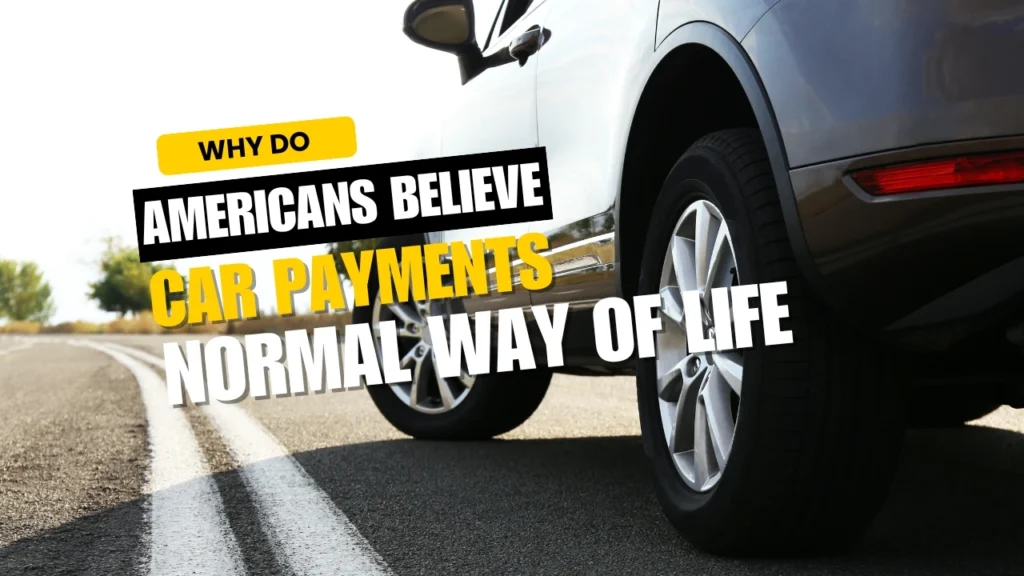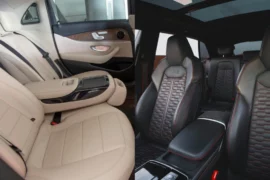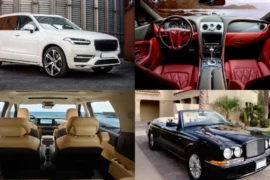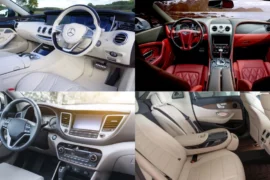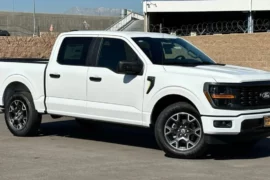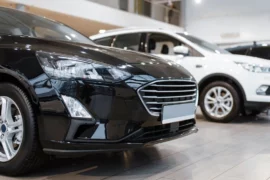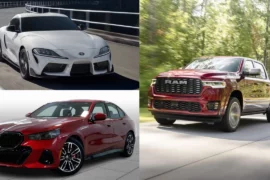In the U.S. we need our vehicles for everything, from comfortably running our everyday errands, commuting to and from work, and going on vacations. Now, this normal usage is connected with the concept of success. Today, owning a nice car isn’t just about convenience. It is seen as your symbol of success and how near or far you are to achieving the American dream.
What’s interesting is that this is not a new generation thinking. This mindset has been a part of our lifestyle long before automobiles became a regular thing. And to fulfill this desire to be an important part of society, people have been buying cars by taking out loans.
While loans provide easy access, they leave the person in a long cycle of debt and never-ending payments. Older generations were aware of this fact and always tried to buy vehicles by saving up the entire cost or taking out a loan by paying most of the amount as an upfront cost. With the rise of inflation and changing dynamics, incomes mostly remained unchanged, but people’s desire to own a vehicle was fueled by banks and automakers by providing easy loans, which continue to this day.
Over the last few decades, Americans have been seeing car payments not as a burden but as a part of their life. It’s like they see it as a monthly price just to keep moving. But why is that? Why have US citizens normalized vehicle financing, and why do they refuse to acknowledge it as a killer of their finances?
In this blog, we will explore different factors that have led North America to this point, where auto loans and monthly payments are nothing but a way of life.
Top 7 Factors Normalizing the Car Payments in American Society
The easy availability of money or financial aid is not the only reason why American society has made taking out loans and making installments for years a routine part of its life. There are several reasons, including psychological, historical, economic, and more, collectively corrupting what we used to believe. Here are the top seven factors leading to the changing demography around buying cars.
Historical Influence

The financing made its place within our society around the 1950s when the country was still recovering from World War II. With the economy still in shambles, people were delighted to receive external financial aid to help them get what they needed. Soon, this same financial help was extended to the auto industry, changing the dynamics. Suddenly, owning a car wasn’t about saving up for years. It was about adding one more expense to your monthly budget.
Evolution of People’s Thinking
Earlier, people used to think of taking money from external sources as a burden. As a result, many interested buyers used to save up for years and buy their vehicles upfront. However, this thinking changed, especially around the 1980s, when car companies and banks started providing longer loan terms, which decreased the monthly obligations of the people. This made people see their purchases as affordable, leading to a rise in consumer credit.
Cultural Significance
In the last 80 years, automobiles have grown from helpful tools to get around to status symbols. They have become an important part of the great American dream. It’s an ideology that one can attain success, freedom, and independence through hard work. Car ownership is now seen as a significant milestone. If you are unable to achieve it, you are seen as financially unsuccessful and unstable.
In our society, connecting owning a car to our success is not a new concept. It has been passed down to us through generations. And we are after getting one, even if it means we drown ourselves in debt.
Easy Financing Options
Over the years, banks have not been the only places where people can get aid to support their extravagant purchases. I remember when I bought my first car, the dealership offered me financing, which I thought was great. It saved me from the hassle of going to the bank and getting approval for a loan.
This ease of process did not make me question what was asked of me as regular paybacks. And now, when I think about it, I realize that most Americans have this exact thinking. Buying a car today is so easy, even with bad credit that you barely think twice. No one wants to wait and save. All we want is easy access to things the moment we want them.
Trending Post:
2026 Mustang Raptor Is Here to Crush Terrain With 750+ HP and Wild Off-Road Gear
Rise in Inflation
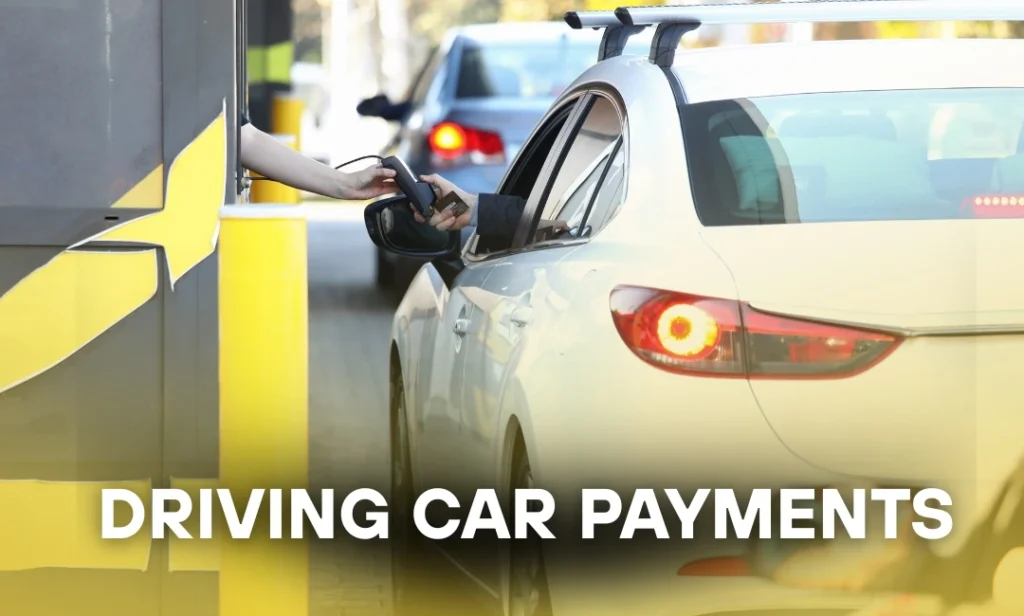
Car prices are skyrocketing, yet we are still buying them like it’s the most natural thing to do. The most common reason for this occurrence is our acceptance that we just can’t live without them. We are ready to pay any price to get behind one. Even if the prices are escalating, we are more than okay paying high prices regularly. That’s why they’ve become a normal part of life.
If you ask me, I am no different. I bought a Kia Telluride a few years back because I needed a bigger family ride. Despite being labeled affordable, it still took a toll on my pocket. I paid about 30% upfront and am still paying hundreds of dollars each month, with a few months remaining. It made me realize that our need for vehicles is not going anywhere anytime soon. We will always need one, which further makes it hard for most of us to get past this debt cycle.
Clever Marketing
Our perception as consumers is highly influenced by how the items are presented to us by different media and marketing channels. If everyone keeps portraying a certain idea as excellent, we are unknowingly going to follow suit. The same thing is happening in the automotive industry. Instead of just transportation machinery, they’re sold as a symbol of a successful lifestyle that most Americans dream of achieving. This repetitive narrative has been influencing more and more people to see driveway obligation as a small price to pay to achieve what they dream of.
Social Pressure
Every American, from the current younger generation to our grandparents’ generation, has felt the pressure to fit in and be accepted by their peers. We are doing everything in our power to be welcomed as part of the society that dictates how essential it is to own a car. This peer pressure on wheels is pushing many people to take on long-term liability with monthly stress.
Changing Transportation Needs
Another factor why most of us are more than okay with locking ourselves into years of debt is that our travel habits are always changing. I can personally vouch for it. A few years back, I had to shift to a large-size SUV. I was not exactly thrilled because it was more of a necessity choice than a personal preference.
As a family of two adults, two kids, and a dog, my family needed a ride that could offer us comfort and practicality down the road. Thus, owning a new ride became essential, and despite knowing the drawbacks, I took that monthly hit to my wallet. What’s worse is that you can see a similar scenario everywhere, from suburbs and countryside to metropolitan cities.
Upcoming Toyota Car:
Is the 2026 Toyota MR2 the Best 400HP Rival to Porsche and Nissan Z?
What Are the Drawbacks Of Recurring Payments?
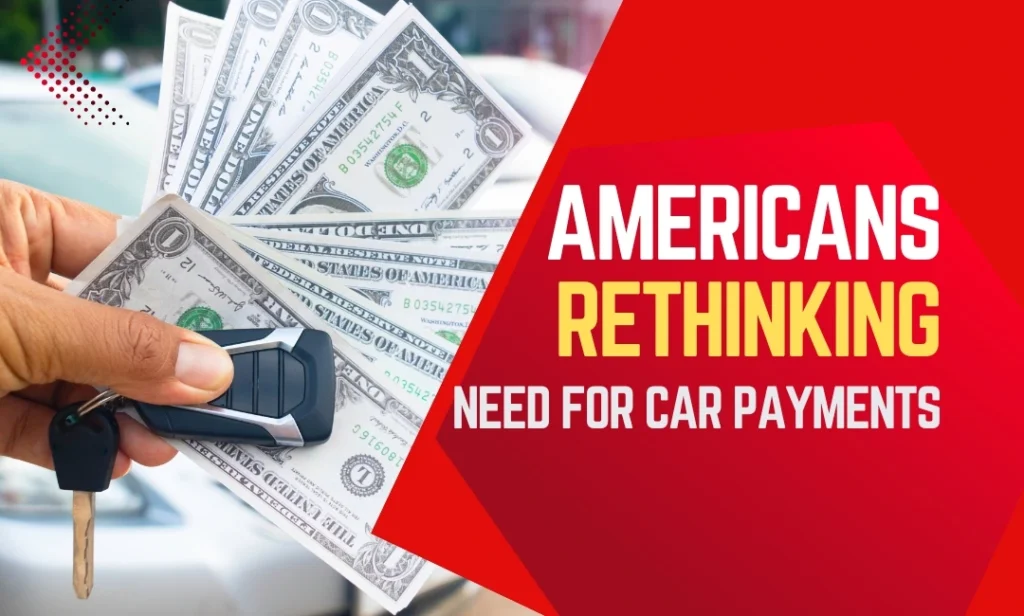
Car payments may seem like nothing at first, but if you are someone who lives from paycheck to paycheck, they can significantly impact your life in a bad way. Having a particular portion of your earnings taken away month after month reduces your ability to save and invest. It not only impacts your ability to purchase things but also your overall stability. And god forbid, if your ride breaks down or requires unexpected repair, you are going to drown more in debt.
Please understand that I am not condemning seeking help from the bank or dealer. But before you do, ask yourself whether you can go by without a personal ride. If the answer is yes, continue your routine and try saving up for the purchase. If you could save up to at least 30% of what the vehicle is worth, you can significantly decrease your financial strain and be done with a loan much faster compared to someone who pays little to nothing as a down payment.
Frequently Asked Questions
Should I buy a car in 2025?
Personally speaking, I would suggest anyone who is not in dire need of owning a personal mode of transportation refrain from buying a car. Don’t get swayed by tempting offers like lower monthly payments or zero down payments as they usually come with a long-term price. Even buying a used vehicle can keep you financially restricted for the next two to three years. Take into account your needs and financial obligations before making a decision.
Why do Americans prefer car payments over saving?
Most Americans choose car payments over saving because it eliminates the need to save up cash for years. Through financing, we get easy and quick access to any vehicle we desire. The ease of being able to get any car whenever we desire makes those monthly installments feel worth it to get behind the wheel, at least at first.
How long should a car loan ideally last?
As per industry experts-backed car buying tactics, an auto loan should not exceed 48 to 60 months, about 4 to 5 years. At present, you can easily find longer loan terms that seem more attractive mainly due to their lower monthly prices. But I would not recommend it as it comes with higher total interest, putting you at risk of owing more than the car is worth.
According to the U.S. National Consumer Credit Trends Report, the average auto loan balance in the country has risen to an all-time high of $41,572, increasing the long-term cost of car ownership. Thus, if you find a vehicle out of your budget within a four to five-year cycle, refrain from buying it. Either start saving or shift to an affordable model.
Conclusion
For comfort, safety, and ease of commute, cars are a necessity. But they should not come at the cost of your mental peace and ability to live your life. I am not saying that car payments are evil but they can turn into a nightmare if you don’t pay attention. I have learned this the hard way that they add up way faster than you estimate. So, if we really want financial freedom, we have to stop treating debt like a default that comes with buying. If we don’t learn how to differentiate between what we need and what just feels convenient, we will stay stuck making payments forever.
Next time you’re in the market for a new ride, don’t be hasty to close the deal. First, calculate what the offered car payment will cost you in the long run and then make a decision.

